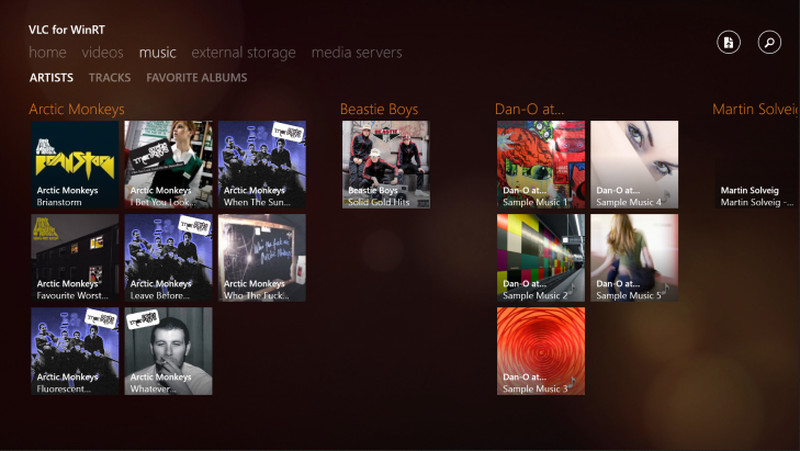The Windows RT users can have the best video player on their and benefit from their throw anything and play it all, reputation of the software, while still being soft on the resource usage.
Earlier the open-source media player raised $78,136 on Kickstarter, to help them fund the development of the software for Windows 8 (x86 and x64 bit) users . The app will play back a range of video and audio formats including MKV, Ogg, MOV, FLAC and MPC, in addition to all of the codecs supported in the regular desktop app, including MPEG-1, H.265, WMV3 and VC-1.
 Here are some of the features listed on the kickstarter page:
Here are some of the features listed on the kickstarter page:
This application:
- works on Windows 8.0 and 8.1: too many people are still on 8.0, so we had to use that. This decreases the stability of the application, though…
- is compiled for Intel x86 CPUs: Windows RT version will follow as soon as we are able to compile it. ARM version will also apply to Windows Phone.
- plays all video and audio formats of VLC, including MKV, Ogg and Mov files or FLAC and MPC;
- supports the same codecs as the VLC application for desktop, from MPEG-1 to H.265, through WMV3 and VC-1;
- supports multiple-audio tracks selection;
- supports embedded subtitles;
- supports Background Audio playback;
- features a easy-to-navigate but complete UI, notably for audio browsing;
- supports Live Tiles!
- supports removable storage and DLNA servers.
However, there are a few limitations:
- This app is currently slow, and is slower than VLC for desktop for video decoding and has no hardware acceleration;
- Subtitles support is not very good yet, and notably it only supports embedded subtitles; this is our major point of focus for now.
- Audio does not seem to work in all configurations;
- Playlists and streams are not supported in the UI (they are present in the core)
- It’s clearly not as stable as it should be.
